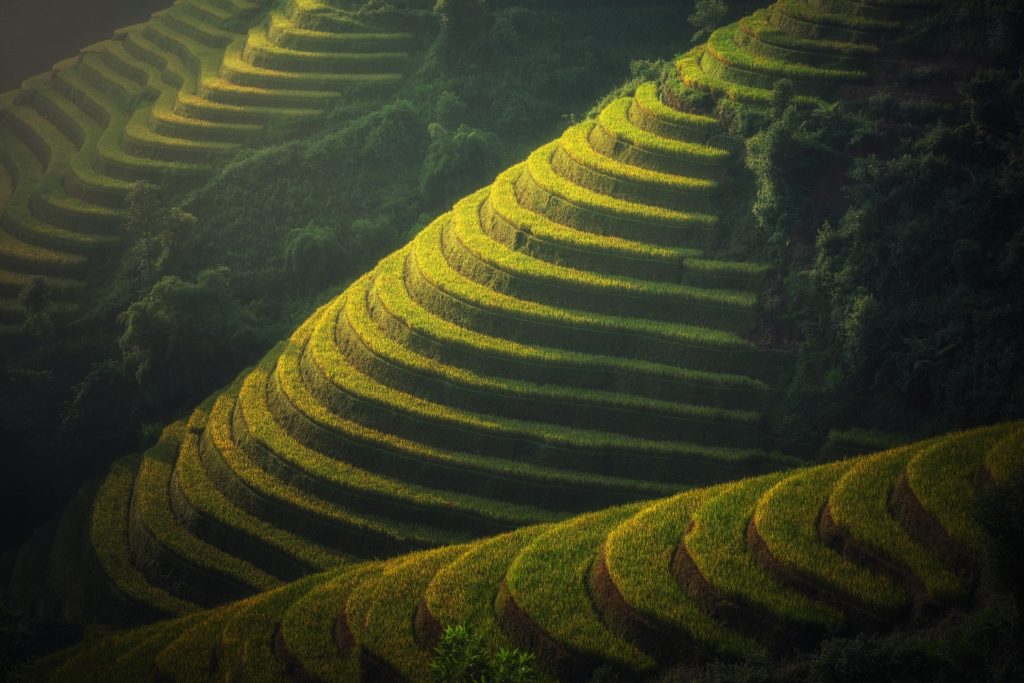Recent research published by Gutaker et al. in Nature Plants reconstructs the history of rice dispersal in Asia using whole-genome sequences of more than 1,400 landraces
Rice (Oryza sativa) is one of the most important food crops in the world with the two commonly consumed subspecies being japonica and indica. In Gutaker et al. (2020), population-genomic analyses is used to examine the patterns and timing of rice dispersal in Asia and to situate human and crop migration within a climatic and environmental framework. Using archaeobotanical, paleoclimatic, and historical data in addition to the genomic information allowed for the robust reconstruction of rice diversification in East and South Asia resulting from adaptations to temperate and tropical environmental settings following a global cooling event about 4,200 yr ago.

For example, specific alleles were shown to be adaptations in temperate japonica growing in northern latitudes in areas with low minimal temperatures early in the growing season, while japonica growing in areas with rainfed ecosystems were characterized by alleles associated with interannual variation in precipitation. For indica, alleles associated with high precipitation were found in rice from the Malay Archipelago while those growing on mainland Southeast Asian have genotypes characterized by alleles associated with warm minimum growing season temperatures and presence of nearby freshwater sources. This is significant in that it contrasts with indica from China and much of India which relies on irrigation and less on natural freshwater sources.
Additionally, relict descendant populations possibly representing the early split in tropical japonica was identified in Bhutan and Laos. Therefore, this study was able to show environment-associated genomic variations in rice subspecies and that by reconstructing the history of domesticated species, we can provide insight into the nature of human–plant co-evolutionary dynamics within a framework of environmental and cultural factors that drove crop dispersal.
Read more:
Gutaker, R. M., Groen, S. C., Bellis, E. S., Choi, J. Y., Pires, I. S., Bocinsky, R. K., Slayton, E. R., Wilkins, O., Castillo, C. C., Negrão, S., Oliveira, M. M., Fuller, D. Q., Guedes, J. A. D. A., Lasky, J. R. & Purugganan, M. D. 2020. Genomic history and ecology of the geographic spread of rice. Nature Plants, 6, 492-502. https://doi.org/10.1038/s41477-020-0659-6
